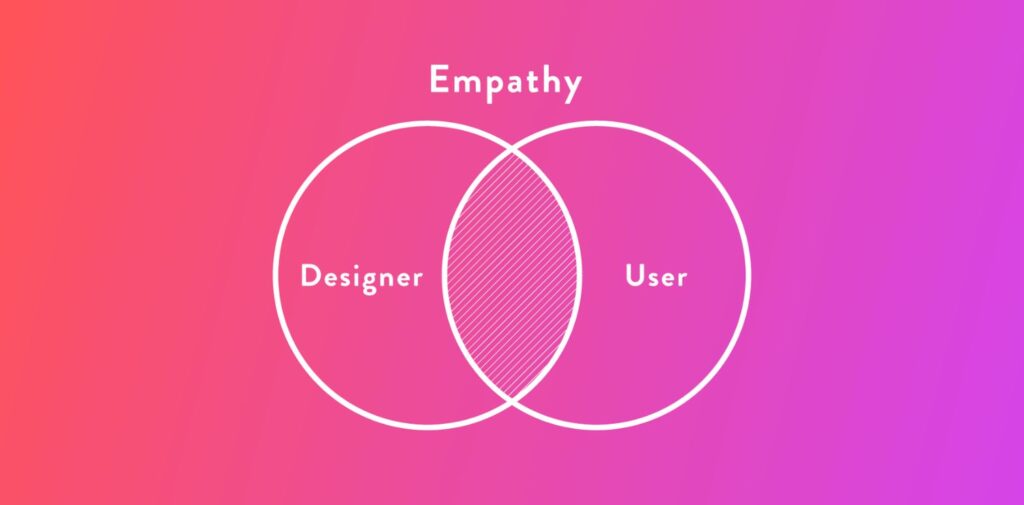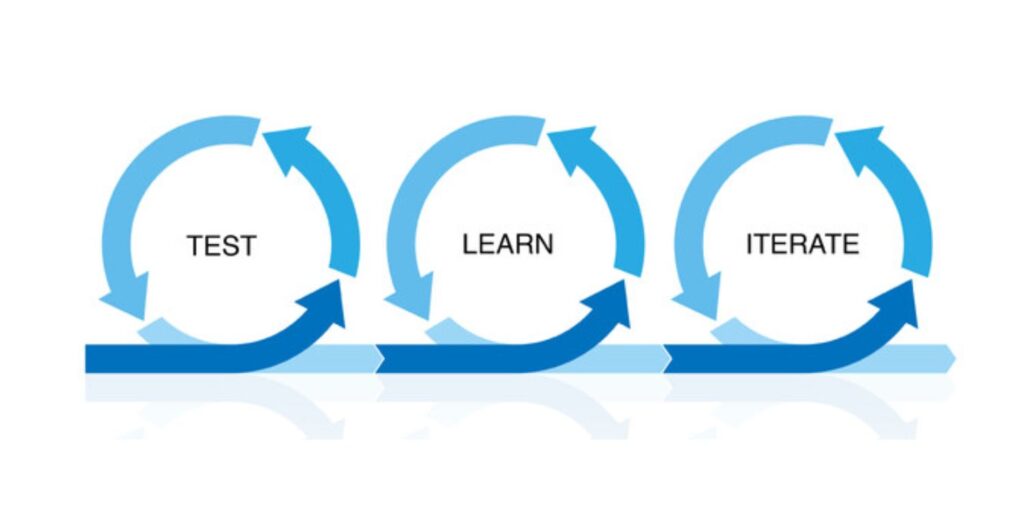Empathy is one of the most important factors in creating a successful User Experience (UX) design. It’s about understanding the needs, emotions, and challenges of the users and designing solutions that make their interactions with a product easier and more enjoyable. In the world of digital products, where competition is fierce, empathy plays a key role in building trust and creating experiences that resonate with users.
What is Empathy in UX Design?
Empathy in UX design refers to the ability of designers to put themselves in the shoes of the users. It’s about understanding their emotions, frustrations, and expectations while interacting with a website or app. Empathetic designers create designs that are not only functional but also address the user’s emotional needs, leading to a more positive and meaningful interaction with the product.

Why is Empathy Important in UX Design?
Empathy helps designers create products that feel human, thoughtful, and relatable. When empathy is at the core of UX design, users feel that their needs and concerns are truly understood. This helps in building a strong emotional connection with the users, which leads to increased user satisfaction, loyalty, and trust. In the competitive digital world, this emotional connection is what sets successful products apart from the rest.
Here are some of the key reasons why empathy is essential in UX design:
- Improves User Satisfaction: When a design is created with empathy, it solves real user problems, making their journey smoother and more enjoyable. Happy users are more likely to continue using the product and recommend it to others.
- Reduces Frustration: When designers understand the pain points of users, they can create solutions that reduce confusion and frustration. A product that addresses user frustrations will lead to fewer complaints and a better overall experience.
- Builds Trust and Loyalty: Empathy creates an emotional bond between the user and the product. When users feel understood, they are more likely to trust the brand and continue using its products or services.
- Encourages User Engagement: Products designed with empathy encourage users to engage more. When users feel their needs are being considered, they are more likely to spend more time using the product and even explore other features.
How to Incorporate Empathy into UX Design
Incorporating empathy into UX design requires a few key strategies that focus on understanding the users deeply. Here’s how designers can ensure empathy is a core part of their design process:
- User Research
Empathy starts with understanding the users. Conducting user research through surveys, interviews, and usability testing allows designers to gather valuable insights into the users’ behaviors, challenges, and expectations. In India, where the diversity of users is vast, this research is especially important as it helps design solutions that cater to a wide range of cultural, economic, and technological backgrounds.
User personas are fictional representations of the target audience, created based on real user data. These personas help designers to visualize and understand the specific needs, motivations, and behaviors of users. When designers have a clear understanding of their users, they can make more empathetic decisions that cater to real people, not just abstract concepts.
- Empathy Mapping
Empathy mapping is a technique used to gain a deeper understanding of the users’ emotions, thoughts, pain points, and goals. By mapping out what users are thinking, feeling, saying, and doing, designers can create experiences that connect with users on a personal level.
- Design for Accessibility
Empathy means designing for all users, including those with disabilities. By ensuring that products are accessible to people with different abilities, designers show that they care about the well-being of every user. This could include adding features like screen readers, text-to-speech, or simple navigation for elderly users or people with visual impairments.
- Consider the User’s Context
It’s important to design with the user’s context in mind. In India, for example, many users access apps and websites via mobile phones in areas with slow internet connections. Understanding these constraints and designing a product that works well in different environments is a key part of being empathetic.

- Test and Iterate
Empathy in UX design is not a one-time effort. Designers should continuously test their products with real users and gather feedback to make improvements. This iterative process helps in refining the user experience based on actual user reactions and evolving needs.
Conclusion
Empathy is a powerful tool that can significantly improve the user experience of any digital product. By understanding users’ needs, challenges, and emotions, designers can create products that are not only functional but also emotionally resonant. In today’s competitive market, designing with empathy can help brands build long-term relationships with their users, fostering trust and loyalty. In India, where the digital landscape is rapidly evolving, empathy-driven design can play a vital role in making products that cater to diverse audiences and their unique needs.
